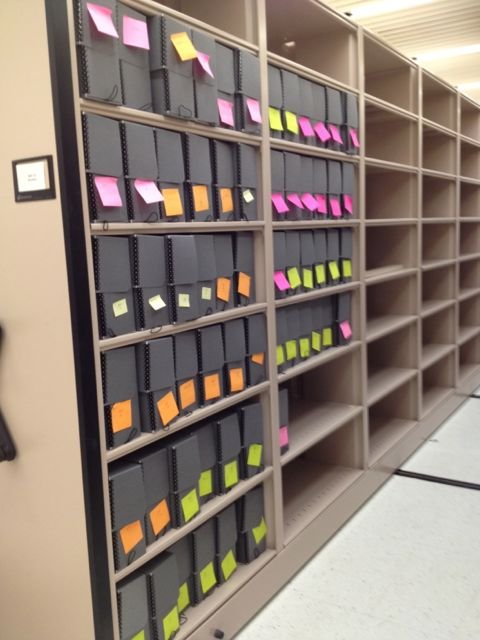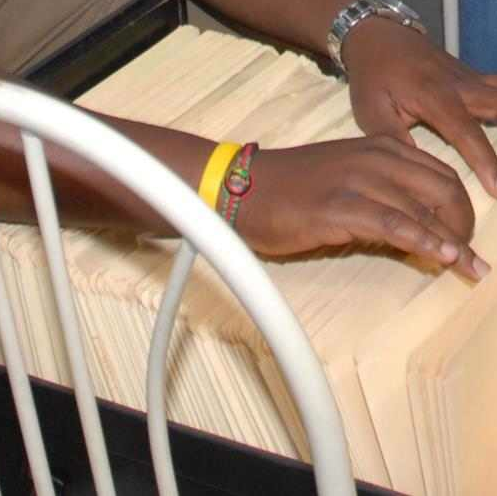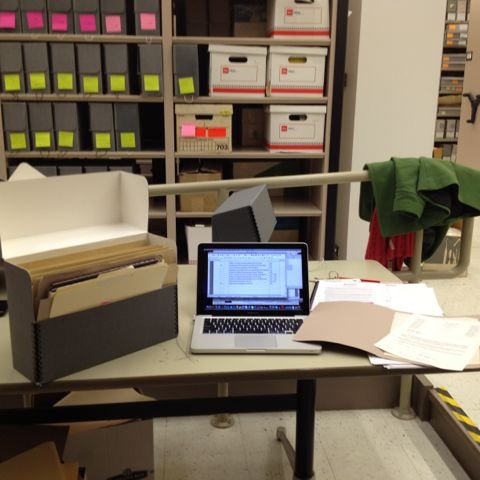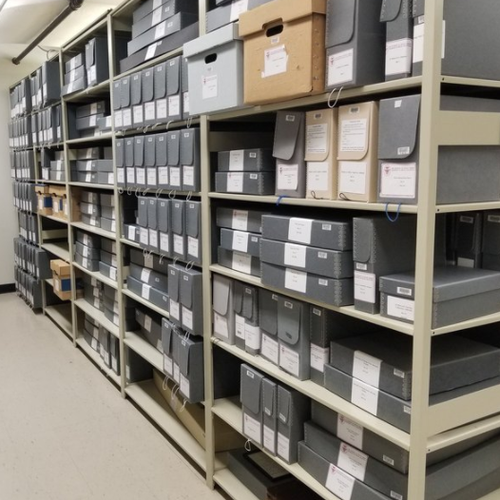Guide to Managing Your Archives
Historical materials that are important to us must be arranged (organized), described (cataloged), and preserved with care to ensure that they are accessible, discoverable, and available to our chosen audiences. While researchers and students are usually considered when thinking about accessibility and discoverability, you might want to consider others who will want access to your materials. These might include family or other community members, or even the general public who may have an interest in your collections for reasons beyond formal academic research. Considering your intended audience will help you think about how much to process (organize and describe) a collection, what access protocols to use, and how to store your materials.

DO...
- DO create an emergency plan in case of extreme circumstances such as flooding, theft, or fire.
- DO store items in acid-free folders and boxes when they are available.
- DO keep materials that help identify people, places, or dates within the collection like labels and written notes.
- DO create an inventory of your items to keep track of what is in the collection and where specific items are located.
DON'T...
- DON’T house your materials in unstable environments that could be affected by water damage, mold, pests, fires, and theft.
- DON’T leave materials unorganized and scattered, as this can affect the preservation and accessibility of the collection.
- DON’T assume that all materials can be stored together. Research what different kinds of storage are needed by certain materials, such as cold storage (40°F or below) for color photographs and negatives, or room temperature storage for papers and manuscripts.
- DON’T leave your materials exposed to artificial or natural light for long periods of time.
Other BMRC Resources for Managing Your Archives:
- Learn more about basic archival practices by watching Part One of our Introduction to Archiving Series.
- Learn more about personal digital archiving, and small-scale digitization by watching Part Two of our Introduction to Archiving Series.
- Find links, videos, and our Starting Your Archives: Supply List in our Archiving Resource Packet.
Links:
Library of Congress Personal Archiving Project Guide
National Archives How to Preserve Family Archives
WITNESS Activists’ Guide to Archiving
National Museum of the American Indian Archive Best Practices
Purdue How to Read a Finding Aid
Documenting the Now Web Archiving Tools
Project STAND Archiving Student Activism Toolkit
Recollection Wisconsin Digital Readiness Toolkit
Purdue University Personal Digital Archiving: The Basics
Books:
Don’t Throw it Away!: Documenting and Preserving Organizational History (UIC)
Videos:
Alpena County George N. Fletcher Public Library Preserving Family Documents
The Association for Library Collections and Technical Services YouTube Channel
A PDF document of this full resource is available at this link: BMRC Guide to Managing Your Archives
This resource was first created by Jehoiada Calvin (f.k.a. T Calvin), BMRC Community Engagement Archivist, in 2020, and edited by him in 2022.



